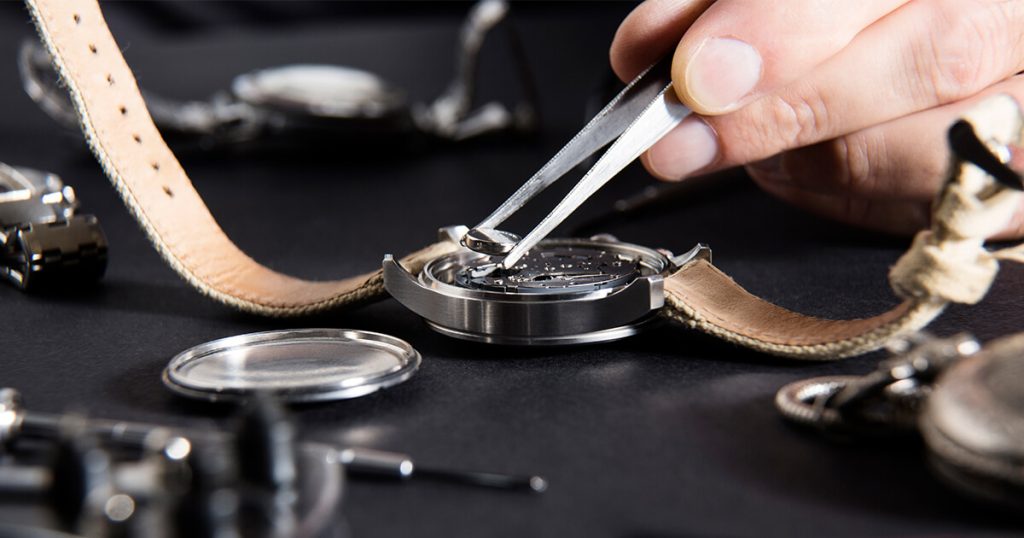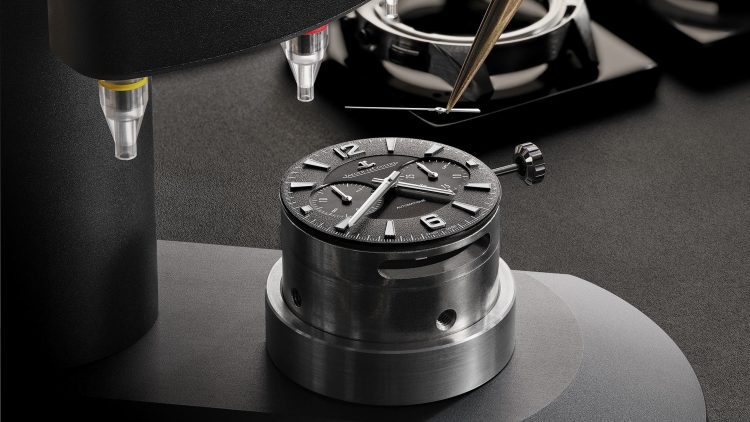Water resistance is often touted as one of the most essential qualities of a high-end timepiece. Watch specifications boast about 50m, 100m, 200m ratings — numbers that provide a sense of security, especially for those who swim, shower, or simply get caught in the rain. But water resistance is not a permanent trait. It silently erodes over time, sometimes without any visible sign, until one day your trusted watch fogs up from the inside or worse, stops ticking altogether.
Understanding how water resistance fades is crucial not just for divers and adventurers, but for anyone who wears a watch regularly. This article breaks down the gradual deterioration of sealing systems, how your daily habits contribute to the decay, and how to properly test and maintain water resistance before damage strikes.
The Invisible Aging of Sealing Structures
When you read “100 meters water resistant” on the caseback of your watch, it doesn’t mean you can dive 100 meters deep with impunity. That rating is achieved in lab-controlled conditions, using a brand-new watch with perfect gaskets, zero aging, and no prior wear. In reality, the watch’s ability to resist water depends entirely on the integrity of its seals — primarily rubber gaskets — and the tightness of the case assembly.
These sealing components — often made from synthetic rubber like nitrile, Viton, or fluoropolymer — are designed to compress under pressure and create a barrier between the outside world and the watch’s delicate internals. Over time, these materials degrade due to several unavoidable forces:
1. UV Exposure: Just like tires or wiper blades, the rubber inside your watch can dry out and crack when repeatedly exposed to ultraviolet light. Even indirect sunlight accelerates this process.
2. Heat and Humidity: Sudden changes in temperature, like going from a hot shower to an air-conditioned room, cause seals to expand and contract. These cycles fatigue the rubber over years, reducing its elasticity and resilience.
3. Lubrication Loss: The original gaskets are coated with special greases to improve sealing and prevent drying. Over time, this lubricant dissipates, leaving seals brittle and prone to cracking.
4. Material Aging: Even in perfect storage conditions, rubber has a shelf life. After 5–10 years, unused gaskets can harden and lose their sealing ability without ever being exposed to water.
In a mechanical sense, water resistance is not a fixed trait — it’s a slowly ticking clock. And unless addressed through scheduled maintenance, it’s only a matter of time before it fails, often when you least expect it.
How Daily Wear Accelerates Water Resistance Decay
You might think your watch is safe if you don’t swim or shower with it. But even ordinary, everyday use can erode water resistance in subtle ways.
1. Frequent Crown Use: Every time you wind your watch or set the date, you interact with the crown and stem — one of the most vulnerable entry points for moisture. Screw-down crowns offer extra protection, but regular manipulation still stresses the crown tube gasket.
2. Pressure Differences: Washing your hands with cold water after wearing the watch in summer heat can create tiny pressure shifts inside the case. These micro-fluctuations add strain to the internal gaskets, especially if they’re already aging.
3. Microshocks: Even if you don’t bang your watch against a wall, daily wrist movement produces microshocks. Over years, these vibrations can loosen screws, warp the case back slightly, or dislodge crown components — weakening the integrity of the water seal.
4. Chemical Exposure: Soap, sunscreen, perfume, and even sweat carry solvents that degrade rubber. Watches worn regularly without cleaning will experience gasket fatigue much faster.
5. Bracelet Pressure: A tight metal bracelet can apply subtle, uneven tension on the case. Over time, this flexing may compromise the seal between the caseback and the mid-case — a less obvious but real point of weakness.
In essence, your watch doesn’t need to touch a pool to experience waterproofing decay. Wearing it daily in urban conditions, over months and years, is enough to nudge its resistance downward, drop by drop.
How Professionals Test Water Resistance — and When You Should
The most reliable way to know if your watch is still water resistant is not guesswork — it’s professional testing. Most reputable watchmakers and service centers conduct these tests using two main methods: dry pressure testing and wet pressure testing.
Dry Testing (Air Pressure Method)
A watch is placed inside a sealed chamber where air pressure is increased. A sensor measures the case’s deformation under pressure. If the case expands or contracts beyond acceptable limits, the test fails. This method is safe because the watch is not exposed to any liquid, making it suitable for vintage or luxury timepieces.

Wet Testing (Water Immersion Method)
This is the traditional method: the watch is submerged in water inside a transparent chamber. Air pressure is first applied above the waterline, and then the watch is submerged. If air bubbles appear once underwater, it indicates a leak. This method is riskier if the watch already has a compromised seal.
Smartphone Myth
Some online tools and smartphone apps claim to test water resistance by analyzing sound or pressure. These methods are not accurate and should not replace professional testing.
Maintenance Timeline
Watchmakers generally recommend water-resistance testing once a year, especially for dive watches or daily wearers. Gaskets should be replaced every 2–3 years, and the entire case resealed and lubricated during a full service, typically every 5 years.
Skipping this schedule often leads to damage that costs far more than preventive maintenance. A $100 pressure test and gasket replacement can prevent a $2,000 movement repair.
Preventive Habits to Extend Water Resistance
Caring for your watch doesn’t require extreme caution, but adopting a few simple habits can greatly extend its water resistance lifespan.
1. Avoid Hot Water
Never shower, bathe, or use a sauna with your watch on. Heat expands metal and rubber at different rates, causing seal gaps. Most warranties explicitly exclude steam damage.
2. Rinse After Salt Exposure
After a swim in the ocean, always rinse your watch with fresh water to remove salt residue, which accelerates gasket corrosion.
3. Close the Crown Firmly
If your watch has a screw-down crown, always check that it’s fully tightened after setting the time or winding. Leaving it halfway open is one of the most common causes of leaks.
4. Don’t Use Pushers Underwater
Even if your chronograph is water resistant, operating pushers underwater can compromise seals unless explicitly designed for it.
5. Schedule Preventive Checks
Make annual water-resistance tests part of your maintenance routine. If you notice fogging, condensation, or a sticky crown, have your watch inspected immediately.
Water Resistance and Collector Psychology
Among collectors, water resistance is often misunderstood. Some assume a 200m rating means indestructibility, while others fear even a light rain will destroy a vintage timepiece. In truth, it’s about informed usage and respect for the mechanical design.
Ironically, high-end mechanical watches are more vulnerable to water than cheap quartz models. A $15 plastic Casio may survive a trip through the washing machine, while a luxury diver might suffer if its crown is left untightened.
For vintage collectors, even a 30m watch should never be tested in real-world water. Casebacks may not be torqued evenly. Crown tubes may have microscopic corrosion. And original gaskets are often long expired.
The true mark of a responsible collector isn’t paranoia — it’s knowing when and how to trust a watch. Testing, maintenance, and mindful wearing are what protect water resistance in the long run.
Conclusion
Water resistance is one of the most silently failing aspects of mechanical watches. While brands advertise impressive depths, real-world use slowly erodes those claims — not with drama, but with age, habit, and neglect. The enemy is not just water but time itself.
Understanding how sealing systems age, how your lifestyle contributes to their decay, and how to test and maintain them transforms ownership from passive enjoyment into active preservation. In the end, the true luxury of a timepiece isn’t just its design or history — it’s knowing that what’s inside is safe, sealed, and ticking, no matter the weather.





































